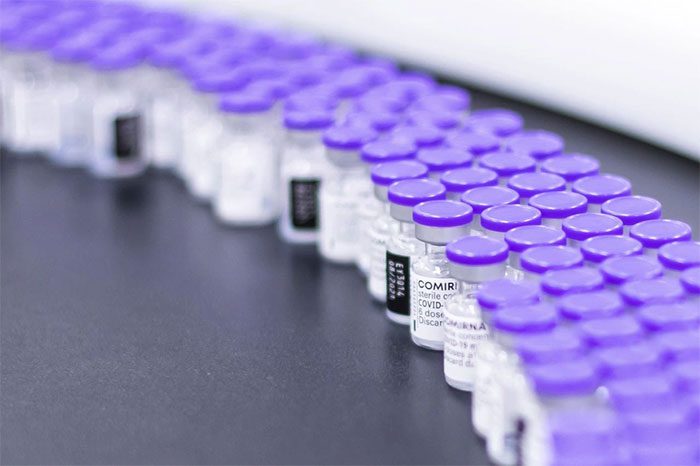The CDC is Monitoring a New Variant of Concern Named BA.4.6. This variant is prevalent in four regions, accounting for up to 10.7% of new cases.
New sublineages of Omicron, such as BA.4 and BA.5, are leading to a rising wave of reinfections globally. More and more people are contracting Covid-19 for the second or even third time.
In the United States, experts from the Centers for Disease Control and Prevention (CDC) are monitoring a new sublineage classified as a “variant of concern.”
Spreading for Several Weeks
According to Fortune, starting August 1, the CDC added BA.4.6 to its list of variants to be monitored weekly. The head of the CDC revealed that this sublineage is derived from the BA.4 variant and has been spreading in the U.S. for several weeks. Variants are classified as concerning when they show higher transmissibility, reduced treatment efficacy, increased severity, or decreased neutralization by antibodies.
According to the CDC, BA.4.6 currently accounts for 4.1% of Covid-19 cases in the week of July 30. It is more prevalent in areas such as Iowa, Kansas, Missouri, and Nebraska, where the infection rate is 10.7%. The Mid-Atlantic and Southern regions also have a higher rate of BA.4.6 than the national average.
The Outbreak page reports that this new variant has been detected in 43 countries.
According to AL, data on whether BA.4.6 is more transmissible or has better immune evasion capabilities is still under review. Overall, Omicron sublineages are becoming increasingly transmissible and have advantages over previous variants, including Delta.
Symptoms for those infected with the new variant can vary but typically include fever, chills, cough, shortness of breath or difficulty breathing, fatigue, muscle aches, headaches, loss of taste or smell, sore throat, nasal congestion or runny nose, nausea, and diarrhea. Symptoms usually appear 2-14 days after exposure to the virus.

New concerning variant emerging more frequently. (Photo: KXAN).
BA.4 and BA.5 Still Predominant
BA.5 was once dubbed the “worst version of the virus” due to its rapid transmissibility and immune evasion. Experts believe it remains the dominant variant in the U.S., accounting for 85.5% of total cases as of July 30.
BA.4 and BA.5 continue to drive increases globally, even in places that have effectively controlled the virus, such as Macau (China).
Currently, there is limited data on whether BA.4.6 is more dangerous than BA.4 and BA.5 or if it has greater immune evasion. In a Twitter post on August 3, Dr. Eric Topol, director of the Scripps Research Institute, revealed that the mutations in BA.4.6 “seem unrelated to BA.4/5, and it only has a few new mutations compared to previous sublineages.”
Even if BA.4.6 is not significantly worse than its “predecessors,” the rate of emergence of new concerning variants is a wake-up call for public health officials. They are planning for a new version of the booster vaccine this fall.
On August 4, the U.S. Food and Drug Administration announced it would seek approval for a booster shot specifically targeting the BA.5 variant. The new generation of vaccines is expected to be rolled out this fall, rather than requiring many Americans to continue receiving booster shots based on the old formula from the original Covid-19 strain in 2020. Currently, only Americans over 50 are eligible for a second booster shot.

Photo taken in March 2021, provided by Pfizer showing vials of vaccine ready for packaging at its facility in Puurs, Belgium. (Photo: AP).
What worries scientists is that new variants could render vaccines currently in development less effective when they are finally ready for administration. Dr. Anthony Fauci, the White House’s chief medical advisor, stated that booster shots are trying to achieve a moving target when determining which variant needs to be addressed.
The White House is pushing for the development of a universal Covid-19 vaccine that could target multiple variants simultaneously. Ashish Jha, the White House Covid-19 response coordinator, told STAT News: “These are much more durable vaccines, providing longer-lasting protection, regardless of what the virus does or how it evolves.”
However, even with new vaccines being developed, many experts advise that all eligible Americans should get their booster shots now rather than wait until fall. A study published on August 2 showed that a second booster dose reduced the rate of breakthrough Covid-19 infections by 65% among healthcare workers in Israel.



















































